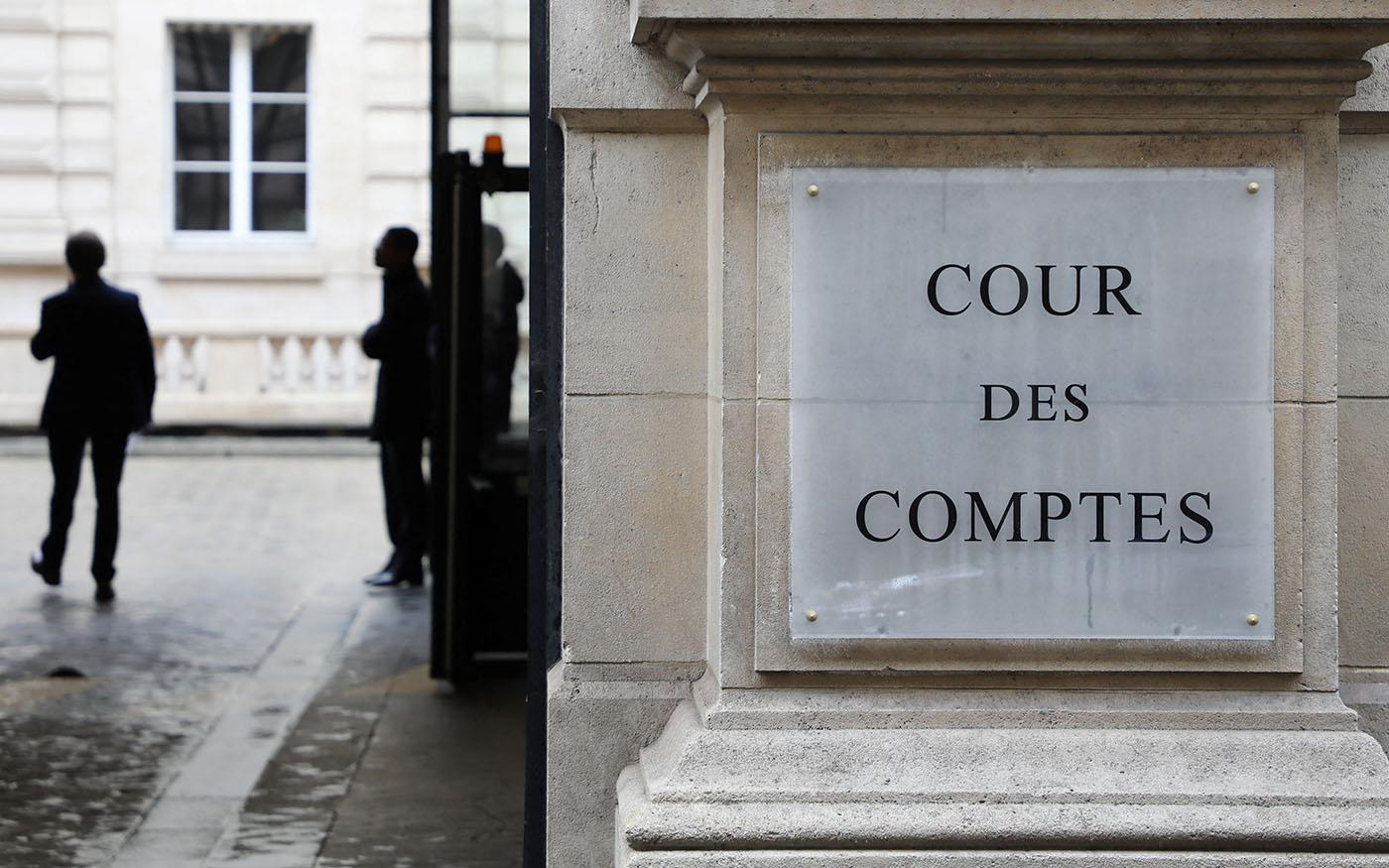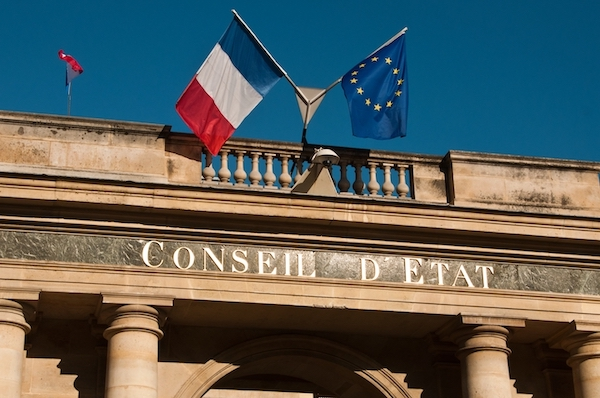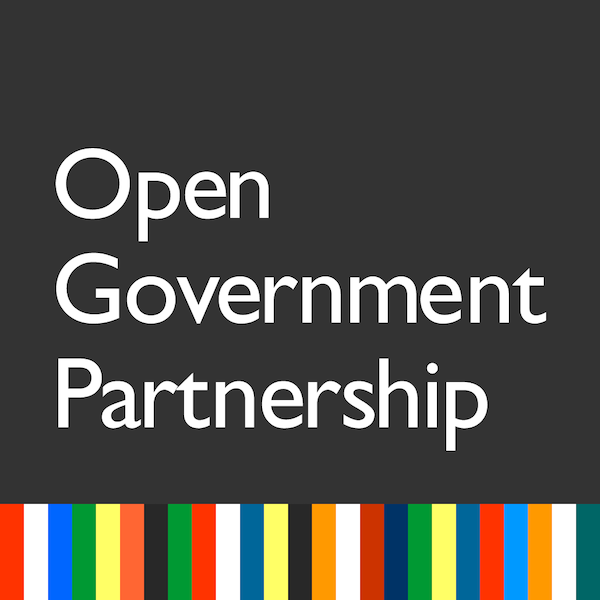The organization of online public consultations by ministries, regulatory authorities, prefectures and local authorities is now widely commonplace.The usefulness of these consultations, which are open to the public, is now the subject of a broad consensus. According to the COEPIA (Conseil d'orientation de l'édition publique et de l'information administrative), they allow "to enrich the expertise of public decision-makers, by making available to them, simultaneously, a large number of opinions and testimonies from experts and associations, but also from citizens who are activists or simply interested in the debate; the consultation is also a means for the administration to better understand the obstacles and points of contention". Symmetrically, these consultations allow citizens to take part in the elaboration of the public decision.What about public participation? Estimating the number of contributors (and participants in the case of platforms that allow voting) is risky because the data is so scattered and heterogeneous.With its 21,330 contributors, 8,500 comments and 148,000 votes, the public consultation on the Digital Republic bill is often cited as an example. And as a model, because a certain number of proposals made by the participants were converted by the government or by the parliamentarians into amendments. This consultation is even the subject of a thesis in progress.In fact, the high level of participation achieved by the Digital Republic consultation is far from an isolated case.For example, in 2017, several consultations generated thousands of contributions, some of them over 10,000.
The public consultation of the States General of Food has collected 17,968 contributions and 171,602 from 46,067 participants (some of them having probably registered in several of the thematic spaces of the consultation).
The consultation on the draft decree on the marketing and use of plant protection products and their adjuvants received 13 424 contributions. 126 of them came from representative structures (associations, unions, town halls), while 13 301 came from individuals.
The first phase of public consultation on thecircular economy collected 1,784 contributions and 16,071 votes in five weeks.
The consultation on the National Radioactive Materials and Waste Management Plan for the period 2016-2018 received 2,459 comments
The consultation on the future of the CAP organized by the European Commission, in February 2017 collected 40,000 contributions in France.
The consultation "What role for citizens in the development and implementation of the law?" organized by the National Assembly brought together 100,000 participants, collected 1,700 separate contributions, which generated more than 1,300 responses and nearly 17,300 votes in four weeks.
The summary reports that follow the consultations now almost systematically mention the number of contributions, more rarely the number of contributors, participants or visitors. And even more rarely the profile of the contributors.
100,000 contributors and participants?
The diversity of the consultation devices does not allow to deduce the number of contributors from the number of contributions.
The vast majority of consultations are based on sending a letter to the institution organizing the debate: in this case, the number of contributions tends to merge with that of the contributors.
A certain number of consultations, on the other hand, use platforms specifically designed for public debates (such as Cap Collectif, Parlement & Citoyens, Assemb, Nova Ideo or DemocracyOs. The debate is then divided into a number of themes, themselves broken down into proposals: the same person can then submit as many contributions as there are themes and comment, document or vote for certain proposals. In 2014, the consultation organized by the National Digital Council, had resulted in 17,000 contributions from 2,300 contributors (or 7 contributions per participant) and 140,000 votes from 21,300 participants (or one contributor for every ten participants).
Despite these measurement difficulties, however, it can be estimated that more than 100,000 people took part in one or another of the 300 public consultations organized in 2017: as contributors or as participants (voters).This rough approximation is partially corroborated by the indicators published by certain public debate platforms. CapCollectif, for example, shows 320,000 participants for the 320 debates and consultations that it has helped organize since its creation.
A risk of "democratic fatigue"?
A few months ago, a Senate information mission examined the forms of participatory democracy. It wondered, in particular, about the risks of saturation of the public, of "democratic fatigue", in the face of the large number and concomitance of consultations."There is a danger of exhaustion: citizens would probably not be ready to commit themselves to all the texts".At this stage, the multiplication of online public consultations and the increasing diversity of topics submitted to the debate seem to have the effect of attracting new participants and contributors every year.There are several reasons to believe that the number of contributors is increasing.
Some consultations are now highly publicized (as was the case for the National Assembly on Food and as is currently the case for the ongoing consultation onartificial intelligence).
Several administrations and large communities have set up pages or even sites dedicated to public consultations (current and past).
All prefectures now have a page dedicated to consultations.
The drafting of a summary report has practically become the norm: the assurance that a summary will be drawn up at the end of the consultation, that the diversity of the points of view expressed will be restored, is an important springboard for participation
The more frequent use of dedicated platforms: the ergonomics of these platforms, the division of the debate into themes and sub-themes, the voting features that allow to follow in real time the support that a proposal receives or not, encourage ordinary citizens to submit contributions
The risk of over-mobilization of the most motivated people
Associations and activist networks take these consultations seriously and mobilize their members to take part in them. In some cases, this mobilization results in an influx of stereotyped contributions. The summary report of the consultation on plant protection products thus observed that 12,405 of the 13,424 contributions "partially or totally repeated elements of language developed by an association, an organization or a trade union". The Senate report ".The Senate's information mission thus mentioned " the risk that digital consultation may optically ensure an over-representation of the most motivated people on a given subject" . It concluded, however, that " this tool constitutes a useful source of ideas and points of view for the debate".In view of the experiences of open consultations carried out by administrations, the COEPIA observes that " the fears or reservations that could have been entertained have not been confirmed: in particular, the risks of computer manipulation by certain opinion groups, of outbursts of expression, of an expression that is only negative and never constructive, even if it is advisable for the organizers to remain vigilant in order to prevent possible abuses.
A valuable tool for public participation that requires a strong commitment from the organizers
The scope of open consultations is potentially very broad. The administration can consult on a draft text, regulatory or legislative, on a more or less defined project of realization or equipment or on an open question not yet giving rise to a well identified reform project.According to the COEPIA, in view of the risk of saturating the public, " it seems necessary to have selective recourse to open consultations on the Internet when the law does not make them mandatory. Open consultations will be all the more useful if the administration can hope to enrich and adjust its project at the end of it, if the public is likely to take up the issue and if there is a need for an exchange with the public before the decision is made to promote its acceptability.The COEPIA deplores, in particular, "the poverty of the tools used for certain consultations on very important texts is striking: they are sometimes limited to a simple e-mail address. Yet the quality of the software tools - dedicated platforms, messaging, collaborative tools, etc. - is crucial to the exercise. Etalab recommends several consultation tools for this purpose.In the guide it has drawn up for administrations, the COEPIA points out that "to be beneficial, consultation requires a strong investment by administrations: upstream (for the preparation of the consultation, in order toensure sufficient information for the public, an appropriate technical framework and adequate publicity); during the consultation (to ensure the moderation of comments, to answer any questions, to provide the necessary clarifications, to react to proposals thatthey know fromthe outset should be discarded) and downstream, to use the results of the participation, to decide on the follow-up to be given to them, to summarize them, to report on their use and to ensure the conservation of the data resulting from the consultation".He underlines " that a minimal consultation, without adapted tools, without meticulous exploitation of the results by the administration and without feedback to the public is worse than the absence of open consultation: it slows down the elaboration of the public decision, constitutes a wasted investment and, above all, alters the credibility of these tools and of the administration itself with the public".After recalling the rules governing open consultations on the Internet (Article L. 131-1 of the Code of Relations between the Public and the Administration), the COEPIA formulates a series of recommendations concerning the preparation of the consultation, public participation, the return of results and the follow-up of the consultation. The Council of State has, in the meantime, clarified the legal framework for public consultations on the Internet.
Pages, platforms and sites of administrations and independent administrative authorities dedicated to public consultations:
Ministry of the Economy
Public consultation platform of the Ministry of Ecological Transition and Solidarity.
Enterprise Directorate General
Ministry of Solidarity and Health
Ministry of Territorial Cohesion
Ministry of Culture and Communication
Ministry of Agriculture
Arcep
Electricity Regulatory Commission
National Food Safety Agency-ANSES
Financial Markets Authority
Prefectures










